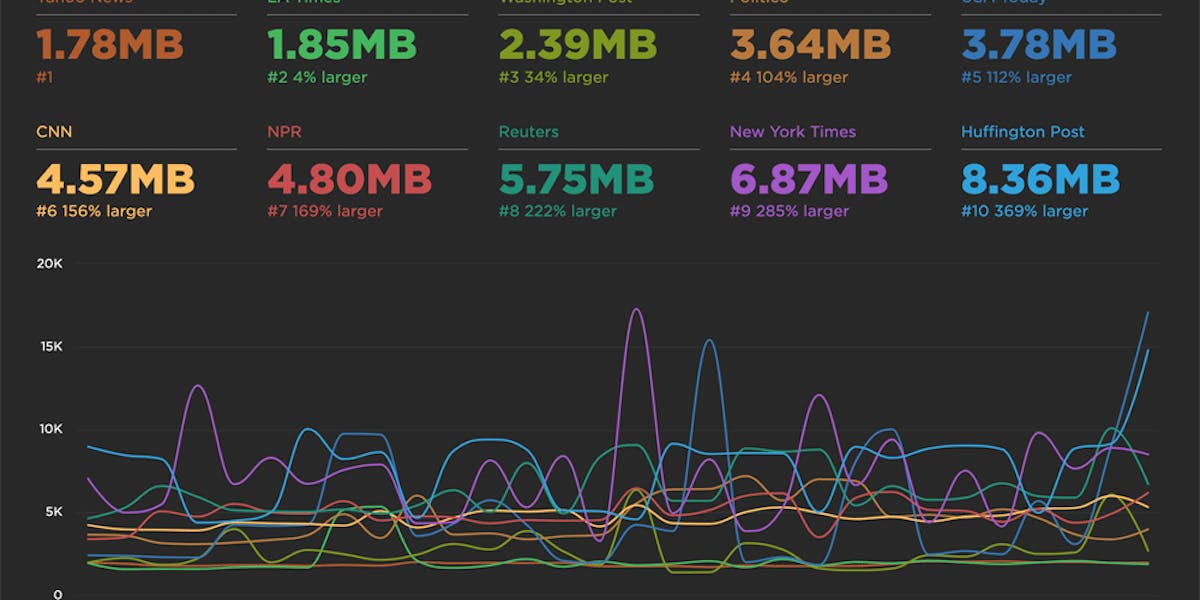Velocity: A better waterfall chart
The way we visualize performance data can have an impact on how we interpret and communicate performance issues within our teams.
In this talk from Velocity New York I explored the importance of data visualization and presented some of my own explorations into re-imagining the classic waterfall chart which is the mainstay of front-end performance analysis.
Skip to 15:30 if you just want to see the data visualization experiments.
One of these experiments was also turned into a performance heatmap bookmarklet.
To date waterfall charts have been a mainstay in visualizing web performance, giving us details on each asset and how it cumulatively effects the load time of a web page. But there are many ways of visualizing performance: histograms, flame charts, heatmaps, frequency tails, and colony graphs to name just a few.
I explored the strengths and weaknesses of various types of charts and how well suited they are at answering a range of performance questions from both the perspective of a manager looking for quick high level answers and a developer needed to dig into the details. It’s important to start with the questions about performance first and then find the tools, metrics, and visualizations to best answer a question rather than inferring problems and answers from an existing metric.
Often charts are rendered along just two dimensions, which can limit the amount of information displayed and hide important detail. I presented several new visualizations that introduce depth, animation, and interaction to reveal performance bottlenecks and insights at both a holistic and detailed level.
These new visualizations make the most of modern browser techniques allowing greater interaction and demonstrating just how powerful the modern browser has become at visualizing it’s own performance.
Let me know which visualizations you enjoyed the most and I'll add them to SpeedCurve!



